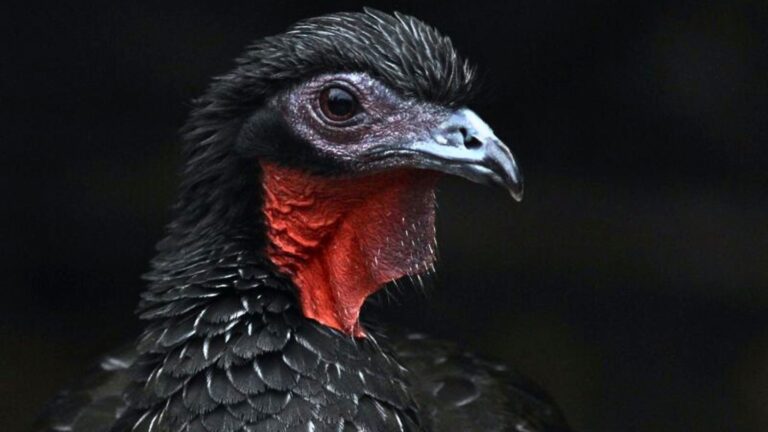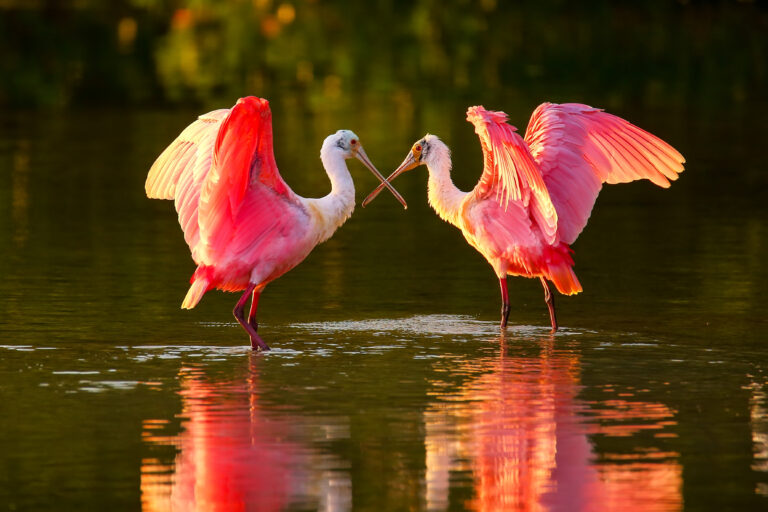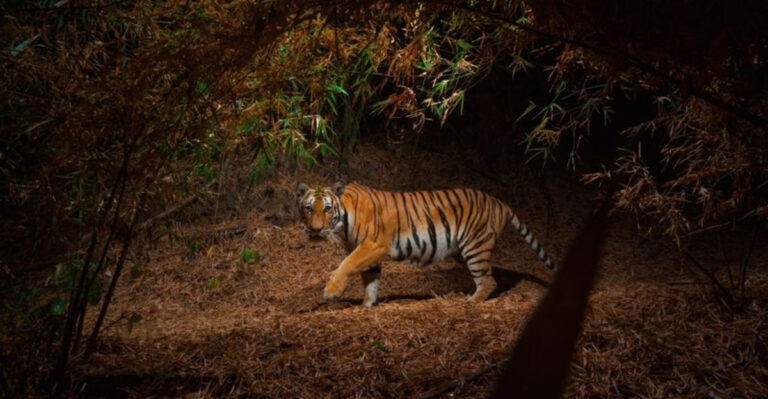Comparing The 10 World’s Most Massive Eagles
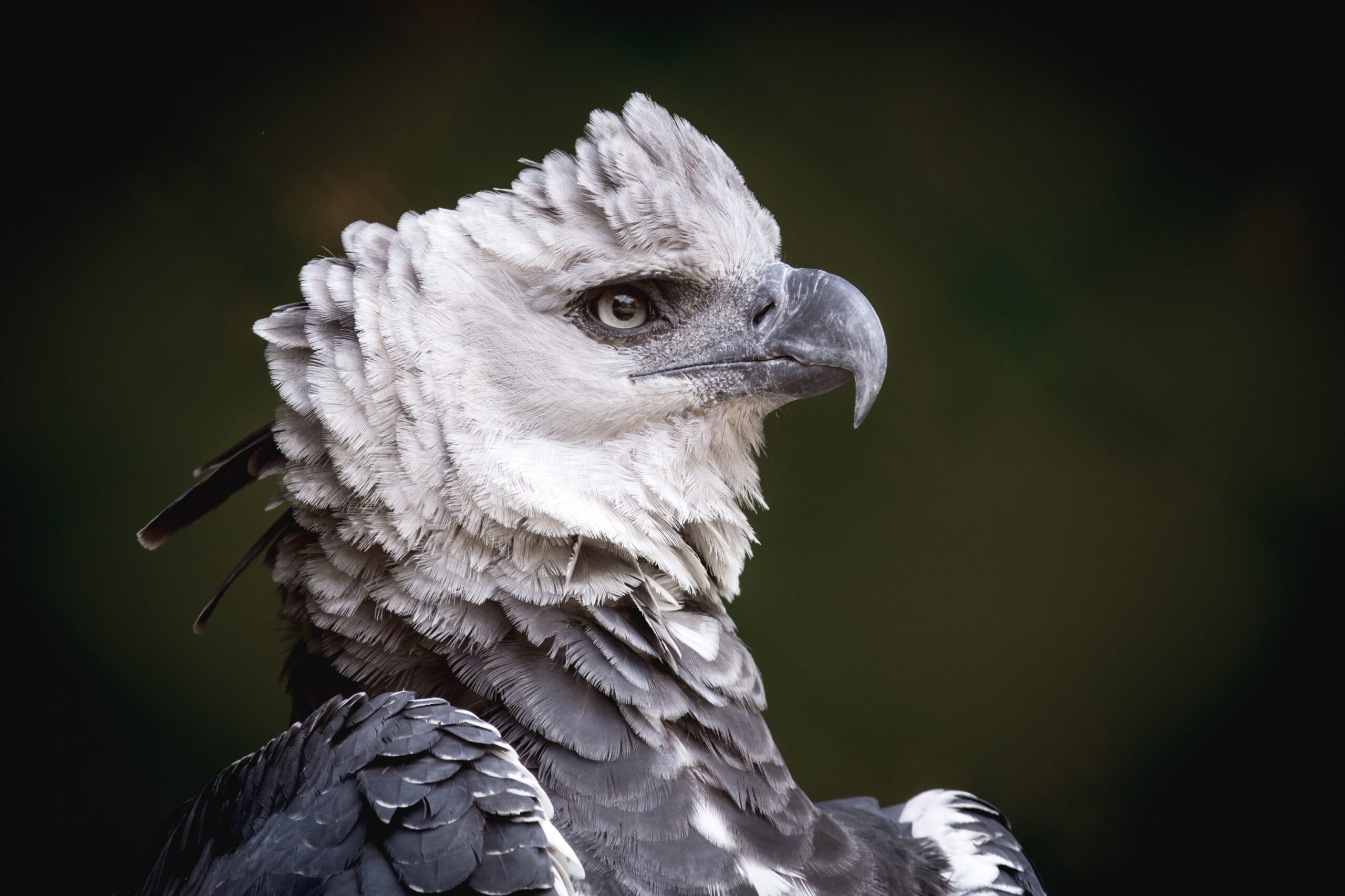
Eagles, the majestic rulers of the sky, have long fascinated bird enthusiasts and casual observers alike with their impressive size and prowess.
This list embarks on a captivating journey to compare the world’s most massive eagles, each soaring above the rest with its unique characteristics. From the formidable Harpy Eagle to the elegant White-tailed Eagle, we explore their distinct features and habitats.
This engaging comparison not only highlights their might and beauty but also delves into what makes each of these avian giants a wonder of the natural world. Join us as we take flight into the fascinating realm of these awe-inspiring raptors.
1. Harpy Eagle
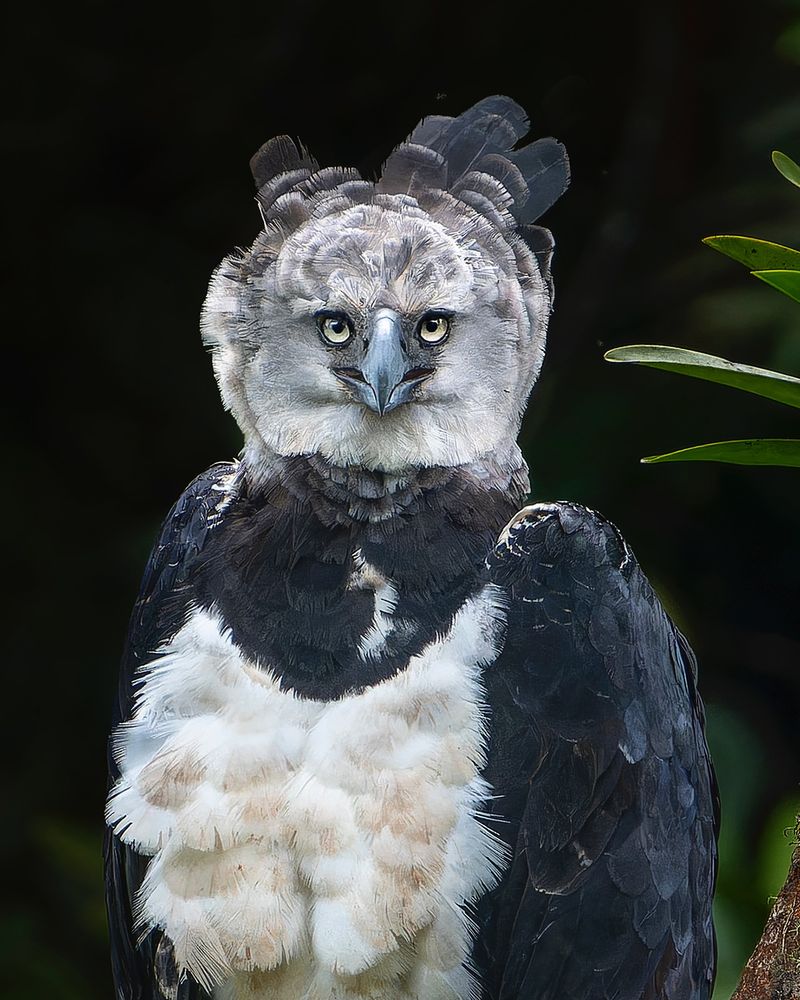
Starting with a powerhouse of the avian kingdom, the Harpy Eagle commands attention with its sheer size and strength. Native to the tropical rainforests of Central and South America, its powerful talons can rival the size of a grizzly bear’s claws, making it a formidable predator.
The Harpy’s striking black and white plumage contrasts sharply with the lush greenery of its habitat. This eagle’s crest, resembling a crown of feathers, adds to its noble appearance, further solidifying its status as the monarch of the forest.
Moreover, its wingspan, reaching up to 7 feet, enables it to patrol the canopy with ease. The Harpy Eagle’s diet primarily consists of tree-dwelling mammals such as sloths and monkeys, showcasing its remarkable hunting skills.
In a comedy of evolutionary overachievement, it’s a bird that truly believes bigger is better, with a presence that dominates the treetops. The Harpy Eagle not only epitomizes power but also symbolizes the delicate balance of its ecosystem, playing a crucial role in maintaining the health and stability of its environment.
2. Philippine Eagle
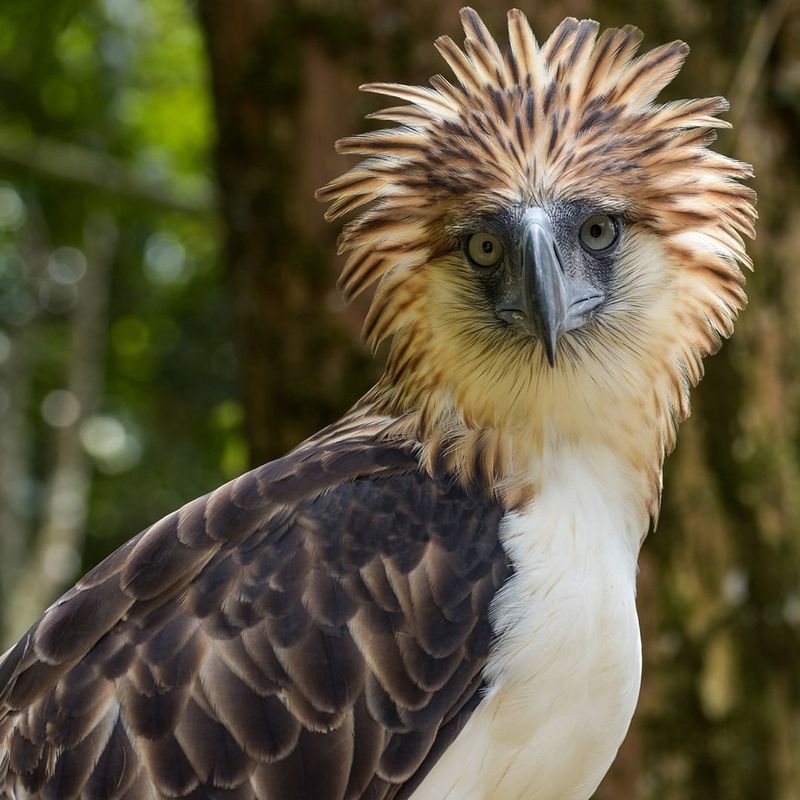
Unveiling the national bird of the Philippines, the Philippine Eagle, often dubbed the “Monkey-eating Eagle,” captivates with its grandeur and grace.
Towering as one of the largest eagles on the planet, its wingspan can stretch beyond 7 feet, allowing it to glide effortlessly over the rugged terrain of its forest habitat. The distinctive shaggy crest atop its head gives it a regal air, coupled with keen eyes that scan the canopy for prey.
This eagle is not just a hunter of monkeys, contrary to its nickname, but also preys on other animals like flying lemurs and small mammals. Its powerful beak and talons are essential tools in its predatory arsenal, enabling it to secure its prey with precision.
With conservation efforts underway, the Philippine Eagle stands as a symbol of national pride and environmental awareness.
Its presence in the wild is a testament to the rich biodiversity of the Philippines, and it underscores the importance of preserving these majestic birds and their habitats for future generations to marvel at.
3. Steller’s Sea Eagle
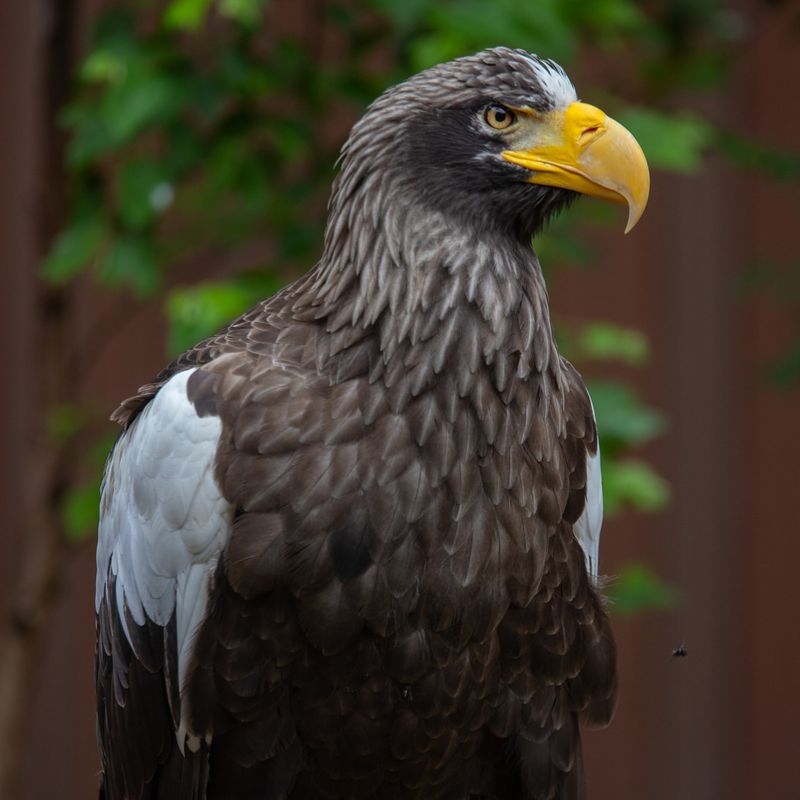
In the icy realms of northeastern Asia, the Steller’s Sea Eagle reigns supreme as one of the heaviest eagles in the world. With its bright yellow beak and talons, this bird cuts a striking figure against the stark, cold backdrops of its habitat.
Its impressive wingspan, nearing 8 feet, makes it an efficient hunter of fish and other marine life. This eagle’s diet primarily consists of salmon and trout, often seen swooping down to snatch its catch from the frigid waters.
Unlike other eagles, the Steller’s Sea Eagle is known for its communal roosting behavior, sometimes gathering in large groups during the harsh winter months. The bird’s distinctive white tail and shoulder patches provide a stunning contrast to its dark brown body, making it a visual spectacle in the wild.
Despite its formidable appearance, the Steller’s Sea Eagle faces threats from habitat destruction and climate change, highlighting the need for conservation efforts to ensure its survival in the wild.
4. African Crowned Eagle
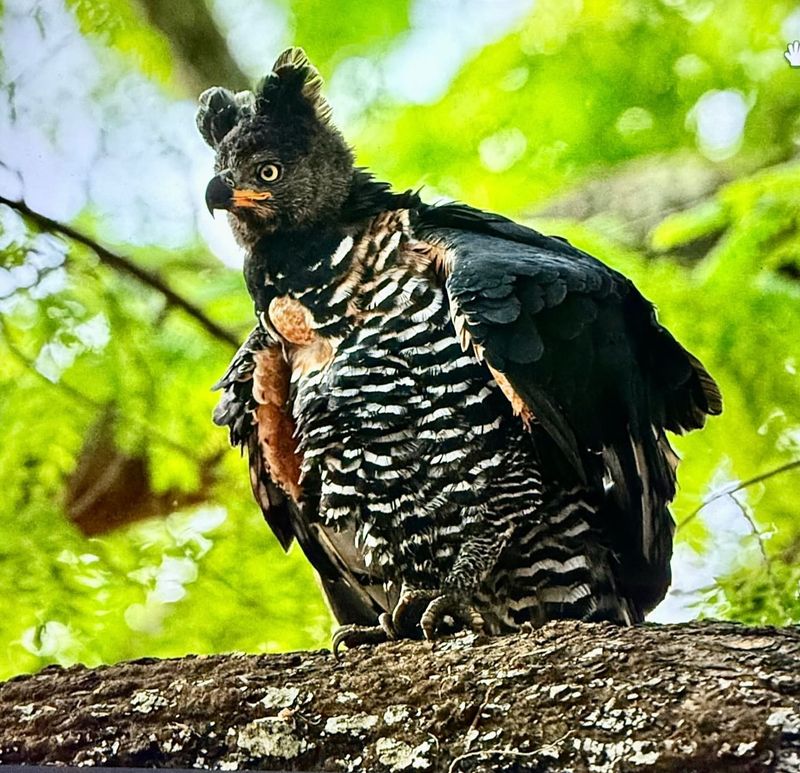
Roaming the dense forests and savannahs of sub-Saharan Africa, the African Crowned Eagle is a master of the skies with a penchant for the dramatic. Known for its remarkable hunting skills, this eagle has the power to take down prey as large as small antelopes, using its strong talons and beak to its advantage.
Its plumage is a work of art, with a complex pattern that provides camouflage in the varied landscapes it inhabits. The striking crown of feathers on its head gives it a majestic appearance, which is enhanced when it spreads its broad wings to soar.
Not just a hunter, the African Crowned Eagle is also a symbol of strength and adaptability. It plays a vital role in its ecosystem by controlling prey populations and ensuring ecological balance.
However, like many large birds of prey, it is threatened by habitat loss and human encroachment, making conservation efforts critical to its continued existence.
5. White-Tailed Eagle
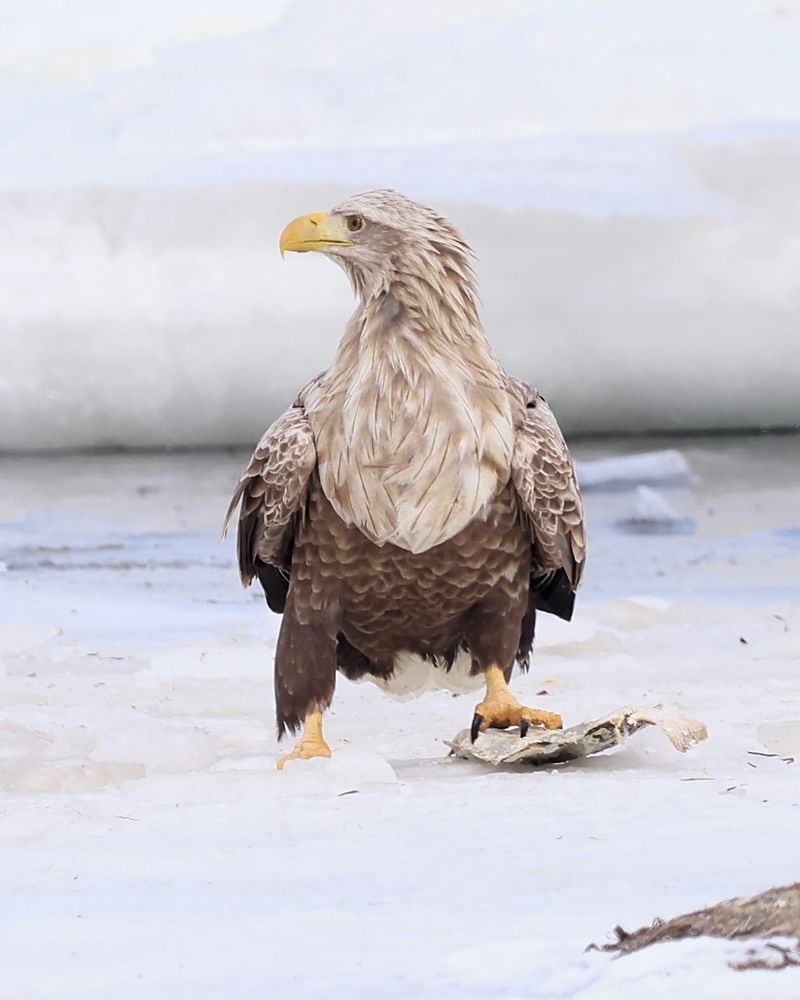
Crossing continents, the White-tailed Eagle claims its throne as the largest eagle in Europe. Often seen soaring over lakes and coastal regions, it boasts an impressive wingspan that can exceed 8 feet, making it a master of the skies.
This eagle’s distinctive white tail and broad wings make it easily recognizable as it glides with effortless grace. Primarily a scavenger, it often feeds on fish and carrion, playing a crucial role in its ecosystem by cleaning up the environment.
The White-tailed Eagle’s powerful build and keen eyesight make it a formidable presence in the natural world, admired by bird watchers and nature lovers alike. Known for its dramatic courtship flights, these eagles perform aerial displays that are as breathtaking as they are complex.
However, their populations have suffered due to habitat destruction and pollution, making conservation efforts essential to protect these magnificent birds and ensure they continue to grace the skies.
6. Wedge-Tailed Eagle
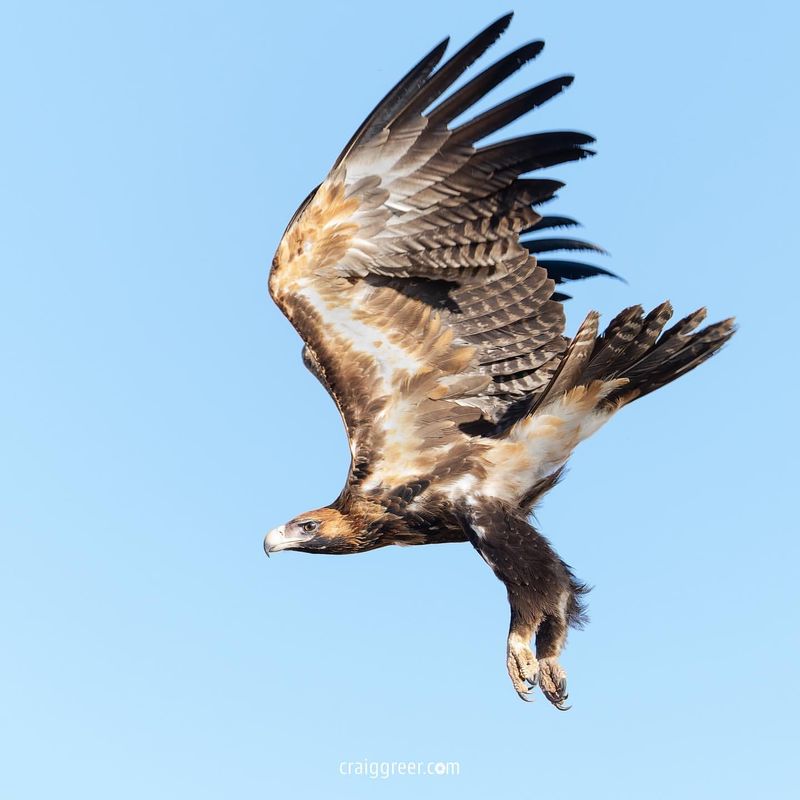
Venturing Down Under, the Wedge-tailed Eagle stands as a symbol of the Australian wilderness. Revered for its incredible flight skills, this eagle is distinguished by its long, wedge-shaped tail and broad wings, which allow it to glide effortlessly over the vast landscapes of Australia.
Its keen eyesight is legendary, enabling it to spot prey from great heights, making it a formidable hunter. The Wedge-tailed Eagle’s diet is diverse, ranging from small mammals to reptiles, showcasing its adaptability in the harsh outback environment.
Beyond its hunting prowess, this eagle is a cultural icon, often featured in Aboriginal myths and legends as a symbol of power and freedom.
However, its habitat faces threats from land development and human activities, underlining the importance of habitat preservation and sustainable practices to ensure the survival of this iconic bird.
7. Golden Eagle
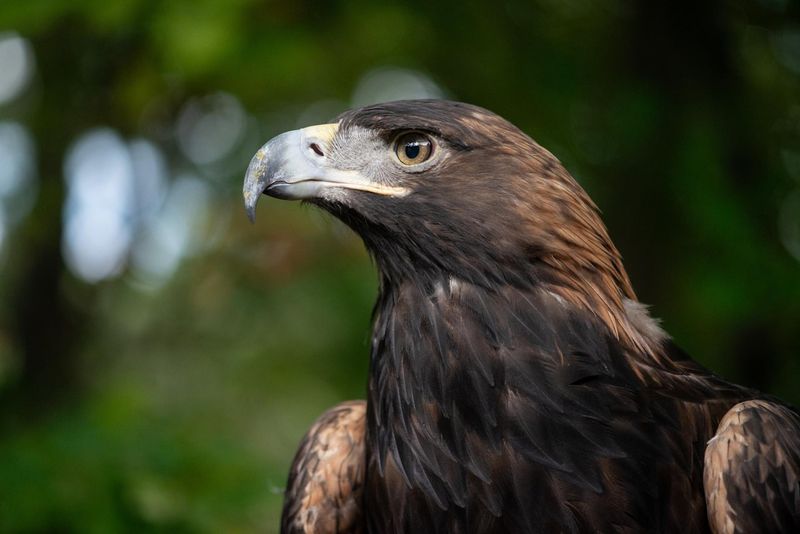
With a name that echoes its majesty, the Golden Eagle is revered across the northern hemisphere for its striking appearance and hunting prowess. Its golden-brown plumage glistens in the sunlight, making it a stunning sight against the rugged terrains it inhabits.
Renowned for its incredible speed and agility, this eagle can dive at speeds of over 150 miles per hour, capturing prey with precision and grace. Its diet includes a variety of mammals and birds, showcasing its adaptability and skill in different environments.
The Golden Eagle holds a special place in the cultural lore of many indigenous peoples, often symbolizing strength and freedom.
Despite its wide range, it faces challenges from habitat destruction and wind energy development, highlighting the need for responsible environmental stewardship to protect this magnificent bird for future generations.
8. Martial Eagle
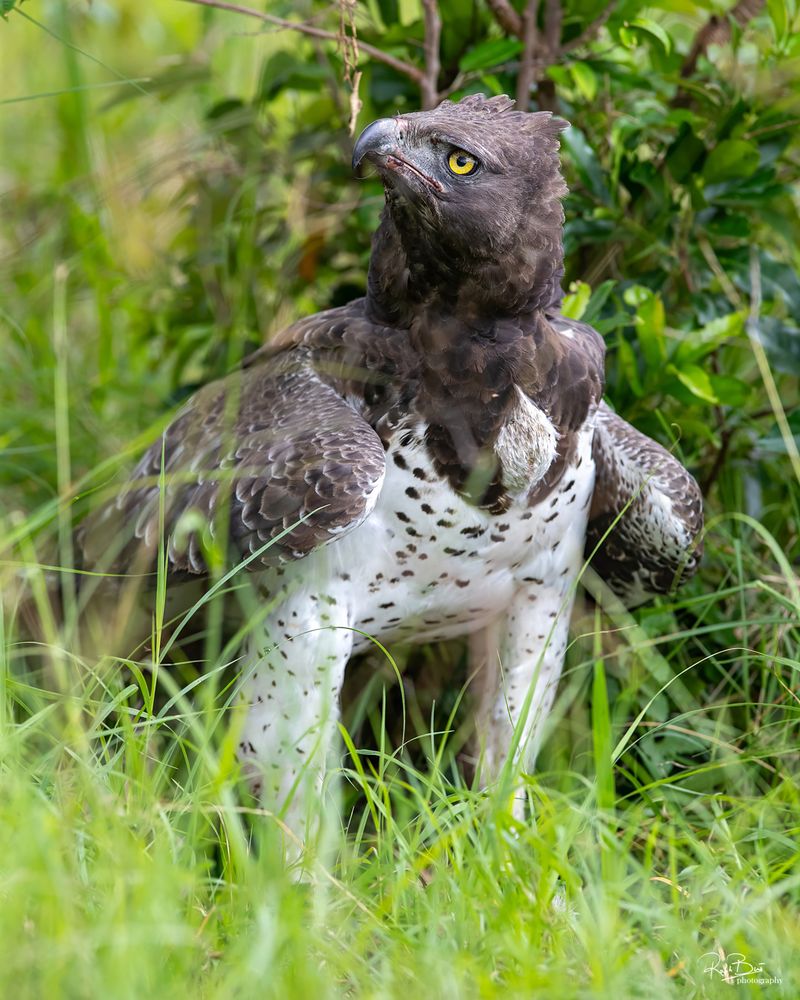
In the heart of Africa, the Martial Eagle rules the skies with its formidable presence and unmatched hunting skills. As one of the continent’s largest eagles, it commands respect with its impressive wingspan and powerful build, which allow it to dominate its environment.
This eagle is a versatile hunter, preying on a variety of animals from birds to small mammals, using its incredible eyesight and swift flight to its advantage. The Martial Eagle’s plumage, a mix of dark browns and whites, provides excellent camouflage in the varied landscapes of its habitat.
While admired for its strength and beauty, the Martial Eagle faces threats from human activities and habitat loss, making conservation efforts crucial to its survival. Its presence is vital for maintaining ecological balance, and protecting it ensures the health of the ecosystems it inhabits.
9. Bald Eagle
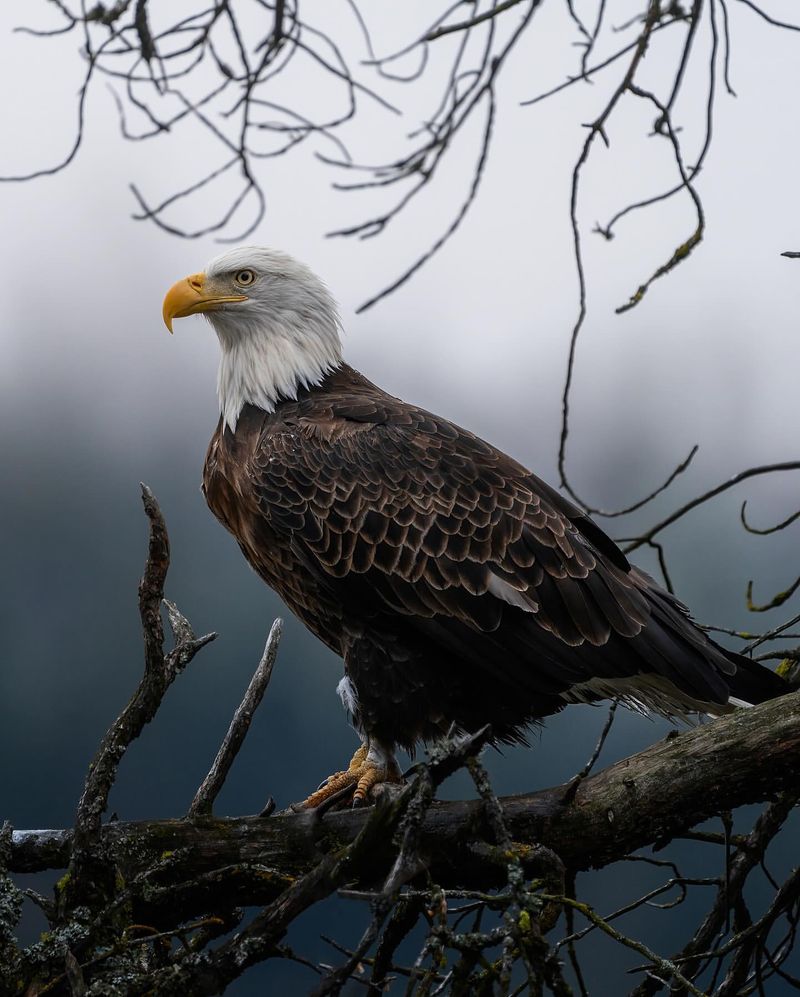
Synonymous with freedom and national pride, the Bald Eagle is an icon of North America. Instantly recognizable by its striking white head and tail feathers, this eagle is often seen gracefully soaring over rivers and coastlines, its keen eyes scanning for fish and other prey.
With a wingspan that can reach up to 7.5 feet, the Bald Eagle is a master of flight, capable of impressive aerial displays that captivate onlookers. Its diet primarily consists of fish, though it is known to scavenge when necessary, playing a critical role in maintaining the health of its ecosystem.
Despite its iconic status, the Bald Eagle faced significant threats from pollution and habitat destruction in the past. However, successful conservation efforts have led to its remarkable recovery, making it a symbol of environmental resilience and a testament to the power of conservation in action.
10. Verreaux’s Eagle
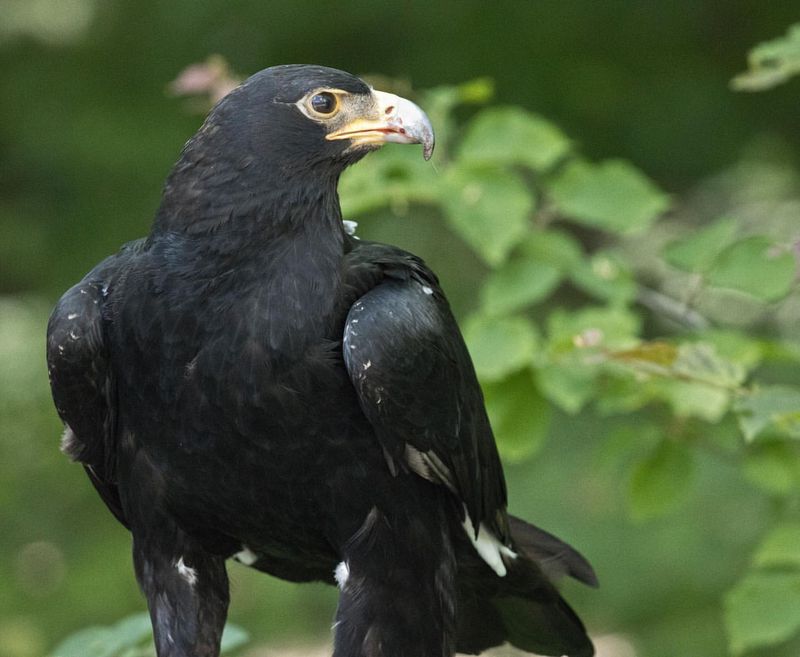
Nestled in the mountainous regions of Africa, Verreaux’s Eagle is a masterful hunter, known for its adaptability and striking appearance.
Its dark plumage and yellow eyes create an imposing figure against the rocky backdrops of its habitat, while its broad wings enable it to soar gracefully over the challenging terrain.
Specializing in hunting rock hyraxes, this eagle exhibits remarkable skill and precision, often seen perched high above the ground, patiently waiting for the perfect moment to strike. Its sharp talons and beak are perfectly adapted for its predatory lifestyle.
Despite its prowess, Verreaux’s Eagle faces challenges from habitat degradation and human encroachment, making conservation initiatives vital for its continued existence. As an integral part of its ecosystem, protecting this eagle ensures the preservation of the delicate balance within its environment.

